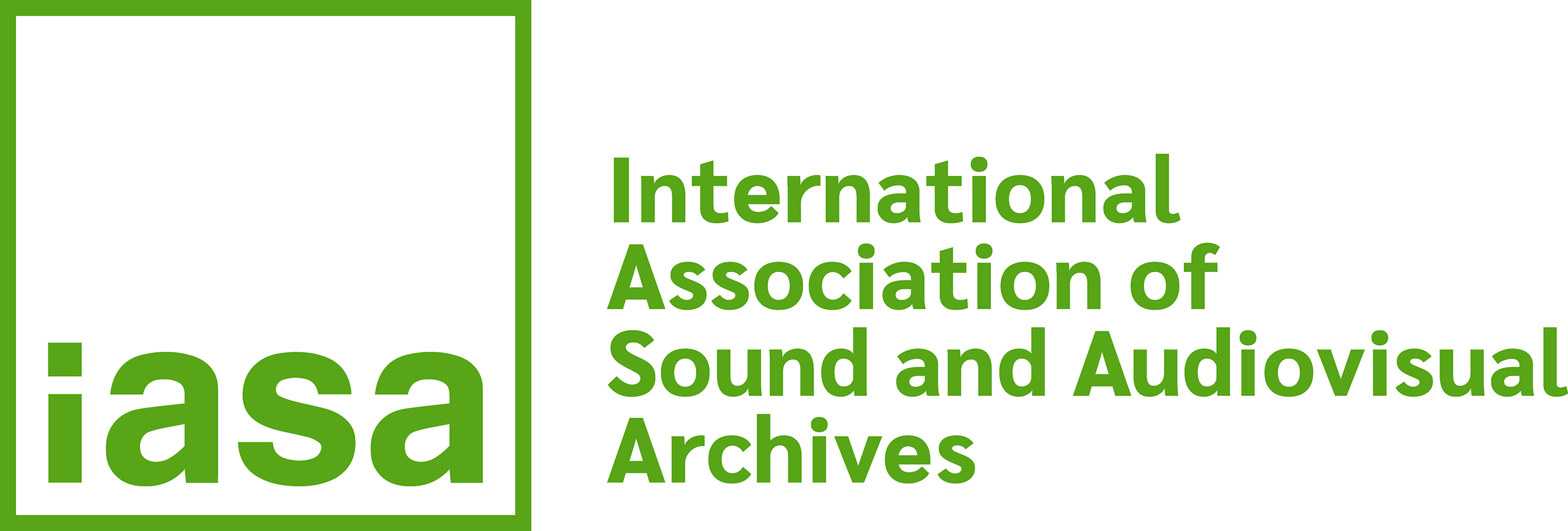1. Introduction
'The end of all archival effort is to preserve valuable records and make them available for use. 1 While on the surface this statement by a noted archival theorist seems quite reasonable, in practice it has far-reaching implications and ramifications and its successful application may be the most difficult dual objective for any sound archive to pursue and achieve. For some repositories of archival sound recordings, only the first part of the objective can be reached because the fundamental responsibility to ensure the survival of the collection often consumes all available resources. The challenge for a sound archive comes when it attempts to facilitate 'access and dissemination' of the archival recordings that are being so diligently acquired and preserved.
The main principle on which this chapter is based is that the primary function of a sound archive is not the collection and preservation of recorded sound as such, but the service of scholars and other archive users. Preservation of sound recordings has little value per se. The primary value is in the use of the material and a sound archive exists to foster that use.
In providing access to archival sound recordings and making them available for use, a sound archive should follow the basic principles and policies that have been developed for general archival and manuscript collections. A considerable body of literature and archival theory is available on the subject of access and dissemination and readers may consult the chapter bibliography for these sources. It is only necessary here to state the standard principles advocated by archives and manuscript libraries that should also be followed by a sound archive or institution with archival sound recordings in its custody. Namely:
Develop a written statement on access policies.
Provide archival materials to researchers on equal terms of access.
Establish user, research, and duplication fees where necessary.
Provide for security and physical protection of archival holdings.
Publicize archival holdings and services.
Apply and enforce restrictions on access and use.
While these general principles are recommended as an excellent starting point, the specialized nature of archival sound recordings and their specific needs in terms of preservation, conservation and maintenance require additional guidelines so that the normal access and reference services that are expected of any archive can be provided.
The guidelines on access and use of archival sound recordings considered in this chapter are applicable whether the recorded sound collection is composed of 'published' recordings (i.e. commercially marketed, mass produced, multiple-copy recordings) or 'unpublished' recordings (such as oral history interviews, field recordings and radio broadcasts). They can be applied or adapted by all types of sound archives whether general or special in subject, local or national in scope, private or governmental in nature. It should be noted that all of the guidelines on access and use may not be practicable in every circumstance for every sound archive. It is hoped, however, that the implementation of the guidelines and recommendations will be seriously considered and treated as a goal to be strived for.
- Schellenberg, T.R. Modern Archives: Principles and Techniques; Chicago: University of Chicago Press; 1956; p.224


